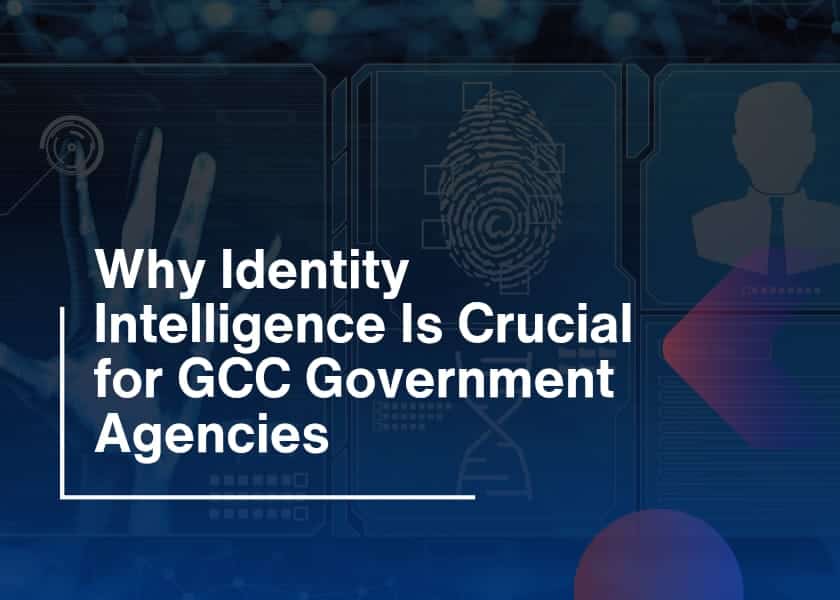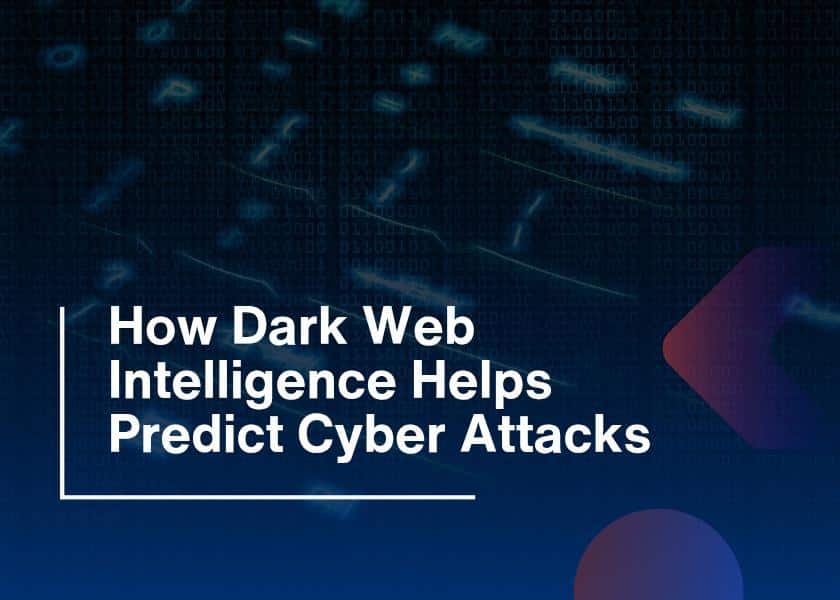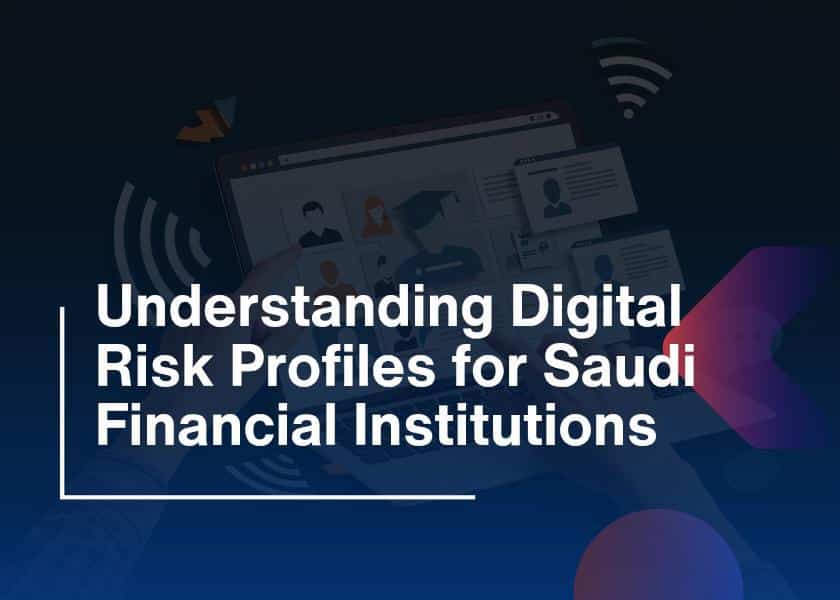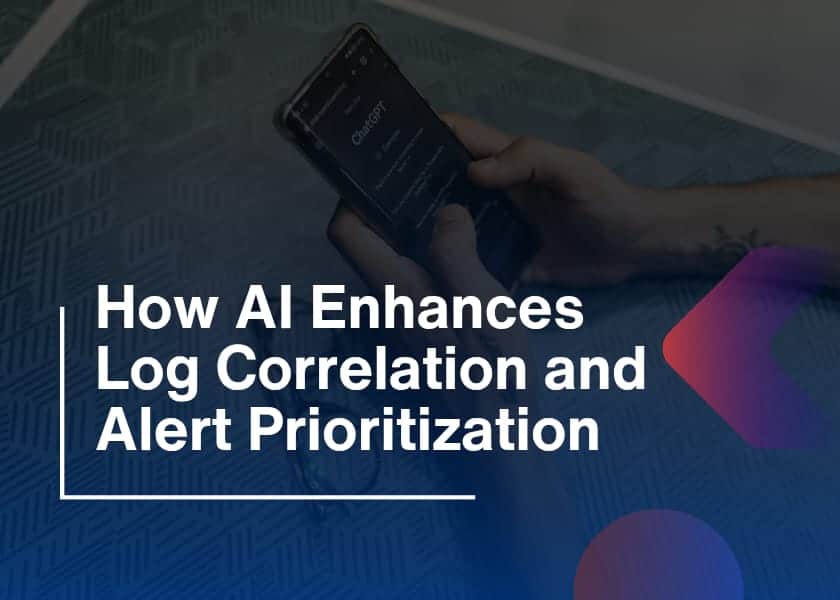Have you ever asked yourself how companies in Saudi Arabia can truly defend themselves in a world full of cyber threats? The answer lies in better technology, smarter systems, and faster responses. That’s where EDR in Saudi Arabia comes into the spotlight. In the digital environment, Endpoint Detection and Response (EDR) is becoming a must-have for businesses across the Kingdom.
EDR is more than just another security tool. It’s a complete solution designed to detect, monitor, and respond to cyber threats directly at the device level, where attacks often begin. With Saudi Arabia’s push for digital transformation through Vision 2030, having a strong endpoint security system isn’t a luxury anymore. It’s a requirement. Let’s explore what EDR in Saudi Arabia is, how it works, and why it plays such a vital role in strengthening cybersecurity in Saudi Arabia.
EDR in Saudi Arabia is Important for Modern Cyber Defense
Endpoint Detection and Response (EDR) manages endpoint devices such as laptops, desktops, smartphones and servers and advises in case of a breach. These are the ways that cyber attackers enter the networks and access sensitive data.
In addition, Saudi Arabia is a significant market where the public and private sectors are undergoing significant digitization. Thus, they are starting to take protecting endpoints very seriously. Additionally, banks, hospitals, oil companies and startups are at risk across the Kingdom. As attacks become more complex, EDR in Saudi Arabia is turning into a basic tier of every serious cybersecurity strategy.
So, real-time visibility an attack that is detected is the reason why teams can quickly respond. The benefits of having them include deep data insights and quicker investigations later. As such, EDR is light years ahead of regular antivirus software.
How Does EDR Work?
EDR operates by continually keeping an eye on how endpoint devices behave. Rather than sitting and waiting for known attacks, it scans for what it classifies as unusual activity that might represent one. This is how it works:
1. Continuous Monitoring
EDR systems record all of what an endpoint does: system processes and movement of files in real time. So, early detection of potential threats is enabled.
2. Threat Detection
EDR detects and demonstrates abnormal behavior that may be a signpost to a cyber attack, even if the attack is new and previously unknown. EDR does it with the use of advanced analytics and machine learning.
3. Data Logging
It will record each endpoint’s details of what is happening on each endpoint. This assists the cybersecurity teams in understanding how the breach happened and the attack timeline.
4. Response Action
Once there is a threat identified, then the EDR system can begin isolating the device, stopping suspicious processes until it can involve security teams to take further action.
5. Forensics and Learning
The logs help with investigations only after the immediate threat is dealt with. So, this allows us to better defend ourselves in the future using such patterns and weaknesses.
Why Endpoint Detection Matters in KSA
The need for strong endpoint detection in KSA has never been greater. With more people working remotely, more cloud services in use, and more smart devices connected to corporate networks, the attack surface is growing rapidly.
Increasing Cyber Threats
Saudi organizations face threats ranging from ransomware and phishing to advanced persistent attacks. These are not just random; many are targeted and well-funded.
Remote and Hybrid Work
Post-COVID, remote work has become a common model across Saudi businesses. That means more devices operating outside the safety of the company network, and more potential entry points for hackers.
Regulatory Compliance
The National Cybersecurity Authority (NCA) in Saudi Arabia has issued strict guidelines to improve national cyber resilience. EDR helps companies align with these frameworks and avoid penalties.
Critical Sector Protection
Industries like energy, healthcare, banking, and logistics are essential to the country’s infrastructure. However, a cyberattack here doesn’t just hurt the business, it can impact national security and public services.
Key Features of EDR Solutions
If you’re planning to adopt an EDR in Saudi Arabia, here are the features you should be looking for:
- Real-time threat detection to identify risks before they spread
- Behavioral analysis that doesn’t rely on pre-set virus signatures
- Automated threat response to reduce human error and delay
- Centralized control panels for managing multiple devices across locations
- Integration with other security systems for a unified cybersecurity approach
- Detailed logs for auditing and forensic investigation
In this way, these features allow security teams to act fast and make informed decisions, even during a major incident.
What Happens Without EDR?
Organizations that lack EDR are left exposed in ways they often don’t realize until it’s too late. Here are just a few risks:
- Cyberattacks can go unnoticed for days or weeks
- Malware can spread from one endpoint to another silently.
- Sensitive data can be exfiltrated without setting off alarms.
- Recovery costs increase due to longer response times.
- Regulatory fines can be triggered due to non-compliance
In short, skipping EDR today could lead to major security failures tomorrow. As threats become more sophisticated, traditional antivirus is no longer enough to provide adequate protection.
EDR vs Traditional Antivirus
Though both tools aim to protect devices, they serve different purposes. Traditional antivirus is mainly reactive, it scans for known threats using signature databases. It’s useful, but limited.
On the other hand, EDR is proactive. It observes behavior and flags suspicious activity, even if the attack uses a new method or fileless malware. Additionally, EDR also includes response tools and deep analytics, which antivirus tools typically lack. Furthermore, in Saudi Arabia, where cyber threats grow more sophisticated and compliance becomes critical, EDR leads the way.
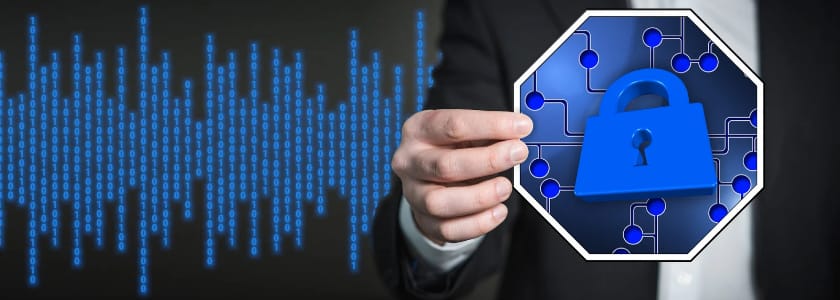
How EDR Supports Threat Response
One of the biggest strengths of EDR lies in threat response. Instead of just alerting teams after a breach, EDR solutions often respond in real time. In addition, the system isolates the threat, quarantines the endpoint, and prevents further damage, all before human intervention.
In a busy IT department, this kind of automation is not just helpful, it’s essential. Especially when managing hundreds or thousands of endpoints, a quick, automated response can make the difference between a minor event and a full-scale data breach.
Where EDR is Being Used in Saudi Arabia
Many industries in Saudi Arabia are now adopting EDR to improve their cybersecurity posture. These include:
- Banks and financial institutions use it to stop credential theft and secure customer transactions
- Hospitals and healthcare centers rely on it to protect patient data and comply with privacy laws.
- Oil and energy companies use EDR to monitor systems and prevent sabotage.
- Government agencies and ministries are securing sensitive information and digital platforms.
Each of these sectors is a high-value target for hackers. Moreover, EDR offers the visibility and control needed to reduce risk.
Cybersecurity Trends in Saudi Arabia
Recent statistics reflect the urgency of adopting EDR:
- Saudi Arabia is expected to spend over 6 billion USD on cybersecurity by 2026.
- Nearly half of all organizations in KSA have experienced at least one major cyber incident in the past year.
- Ransomware remains the most common threat across all sectors.
- Threat actors are increasingly targeting remote workers and cloud services.
Moreover, these trends show that the future of cybersecurity in Saudi Arabia relies heavily on smart solutions like EDR that can keep up with modern attack methods.
Choosing the Right EDR for Your Business
Selecting the right EDR provider in Saudi Arabia involves more than just picking a brand. Consider:
- Whether the solution aligns with Saudi cyber compliance frameworks
- Support for the Arabic language and local customer service
- Cloud vs on-premise deployment options based on your environment
- Ease of integration with your current security stack
- Proven experience in the region and successful use cases
Furthermore, it’s also wise to conduct a pilot test before full deployment, ensuring the EDR system performs well with your existing infrastructure.
Conclusion
In a country that’s pushing forward with digitization, innovation, and smart infrastructure, cybersecurity must evolve at the same pace. Additionally, EDR in Saudi solutions is a vital tool in protecting businesses, institutions, and public entities from modern threats. By providing real-time detection, strong threat response, and rich forensic capabilities, EDR tools go far beyond what traditional antivirus can offer. For any business operating in the Kingdom today, endpoint detection in KSA is not just helpful, it’s essential. SO, investing in EDR means securing not just your devices, but your entire digital ecosystem. Moreover, security is the foundation of growth and trust.


